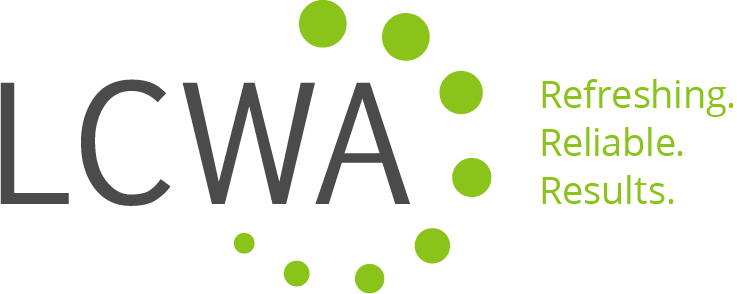November 12, 2018
Most PR campaigns are focused on generating strong media coverage to ensure key messages are delivered to target audiences. But not all media coverage is created equal, and it is important to focus on securing high-quality coverage that meets specific criteria depending on the campaign. Here are four questions to consider when vetting a media opportunity.
Is the Outlet a Good Fit?
 Every PR campaign typically includes key messages designed for target audiences. When vetting media opportunities, review the outlet’s main audience to ensure it matches the selected audience for the campaign. Research the size of the audience as
Every PR campaign typically includes key messages designed for target audiences. When vetting media opportunities, review the outlet’s main audience to ensure it matches the selected audience for the campaign. Research the size of the audience as well, and how the outlet or reporter drives engagement with its readership. The tone of the coverage and the type of reporting can greatly impact how key messages are received by the audience.
Tip: Research the outlet and the media contact to identify the tone and type of coverage offered. Ask specific questions to get an idea of what the intended final product may look like.
Is the Topic a Good Fit?
The context surrounding key messages is just as important as the inclusion of the key messages in any media coverage. Understanding how campaign language will fit into a story is vital to ensure the media opportunity engages the audience in way that aligns with campaign goals.
Tip: Craft key messaging and statistics for clients that continually drive back to the main points or goals to prevent interviews or written statements from going off topic. Focus on concise language to eliminate opportunities for messaging or quotes to be taken out of context.
Is the Type of Opportunity a Good Fit?
Another aspect of a media opportunity to consider is the type of medium used to reach audiences – print, online, TV, social media, etc. Some campaigns have very specific key messages and target audiences that are best reached through certain channels. In addition, the requirements of the channel, such as urgent deadlines or in-person interviews, may be hard to accommodate.
Tip: Discuss potential media opportunities with the client at the start to gauge resources and ensure priorities are aligned. Assign key spokespeople to different topics, and determine the availability of each spokesperson as well as the organization as a whole to meet different types of media opportunity requirements.
Is the Timing a Good Fit?
PR campaigns are often designed strategically throughout a calendar year to align with seasons, events, awareness celebrations or other key markers. However, it is wise to keep campaigns adaptive and flexible, as the current climate in any industry can greatly impact the success of a campaign, and media opportunities should be reviewed with these considerations in mind. For example, it may be wise to delay a campaign if a major controversy just occurred in the client industry, or a campaign may be bumped up a few months if new research supporting the messaging was released by a third party.
Tip: Stay current on all the latest news in the client’s industry to ensure your team is able to predict how media will cover a topic relative to recent news. Discuss these trends and industry news with the client to determine their comfortability with different types of media coverage.
While PR teams want to produce as much media buzz as possible for each client campaign, quality is more valuable than quantity. The right media opportunities will deliver key messages to target audiences in a tone and medium that best suits the goals of the campaign, providing support for client initiatives without straining resources. A few simple questions may separate the best media opportunities, ensuring campaign success!
